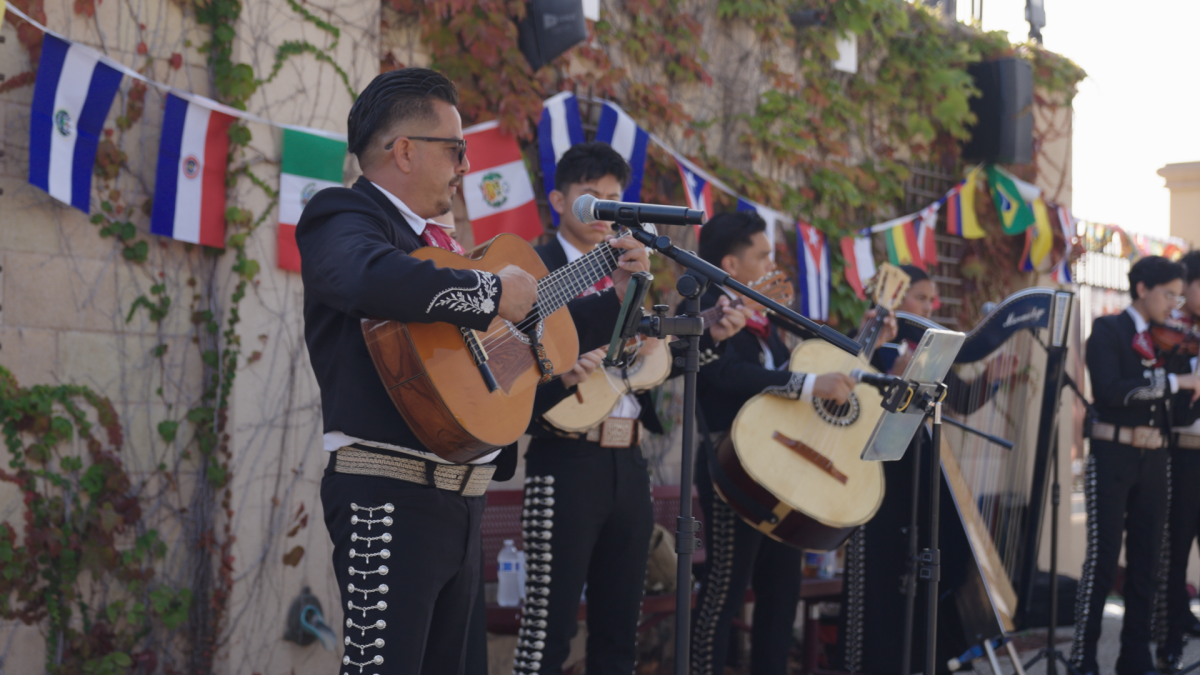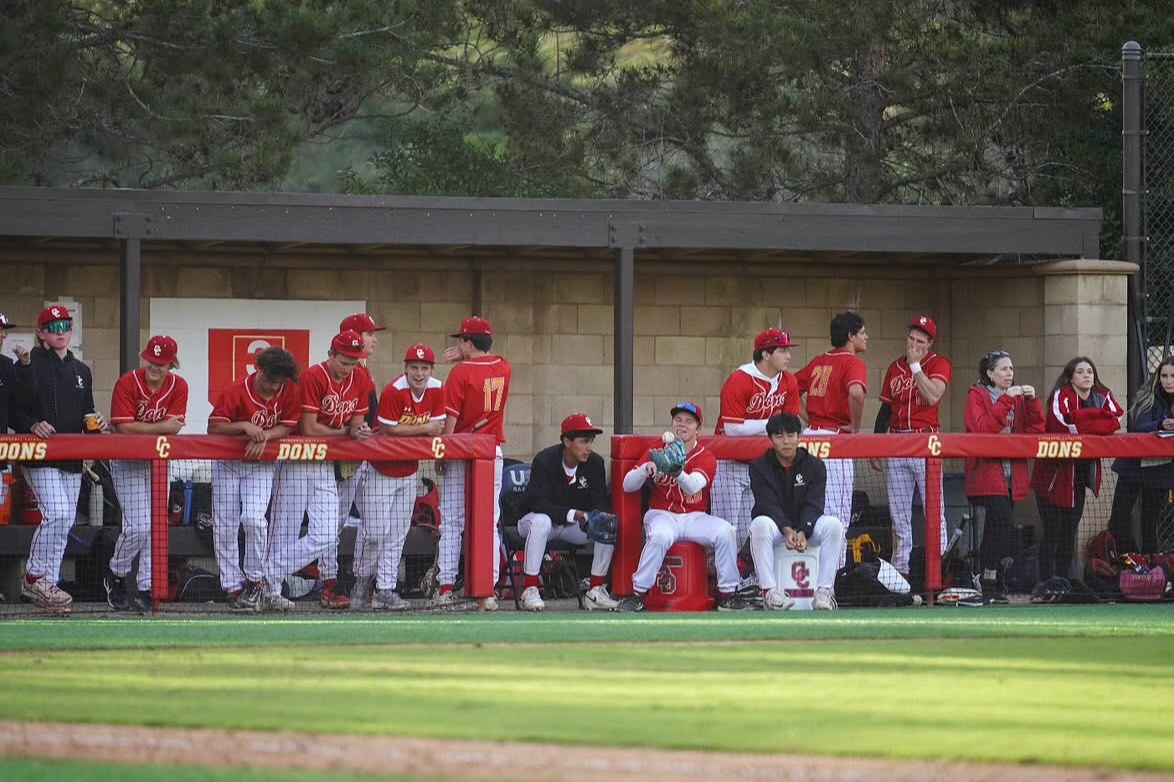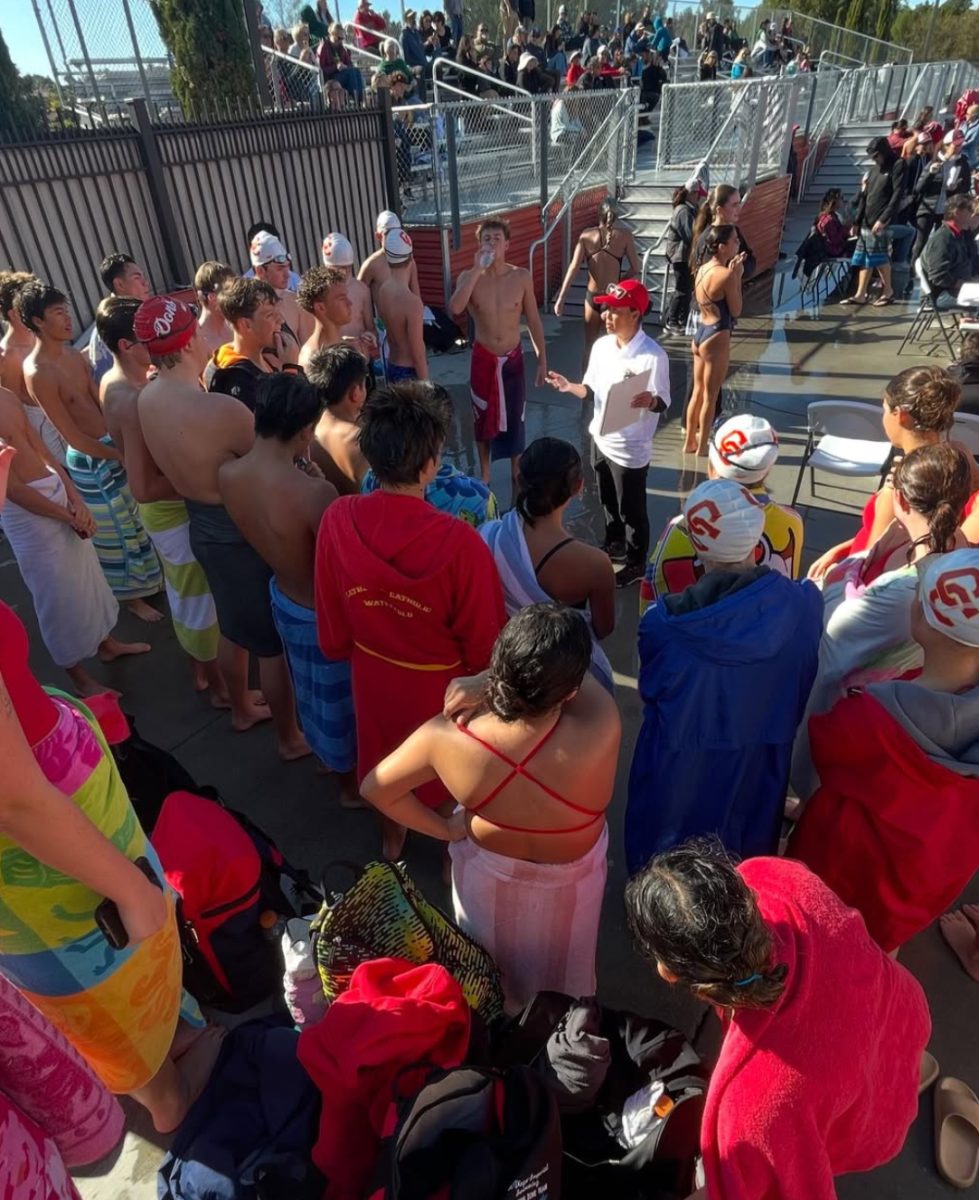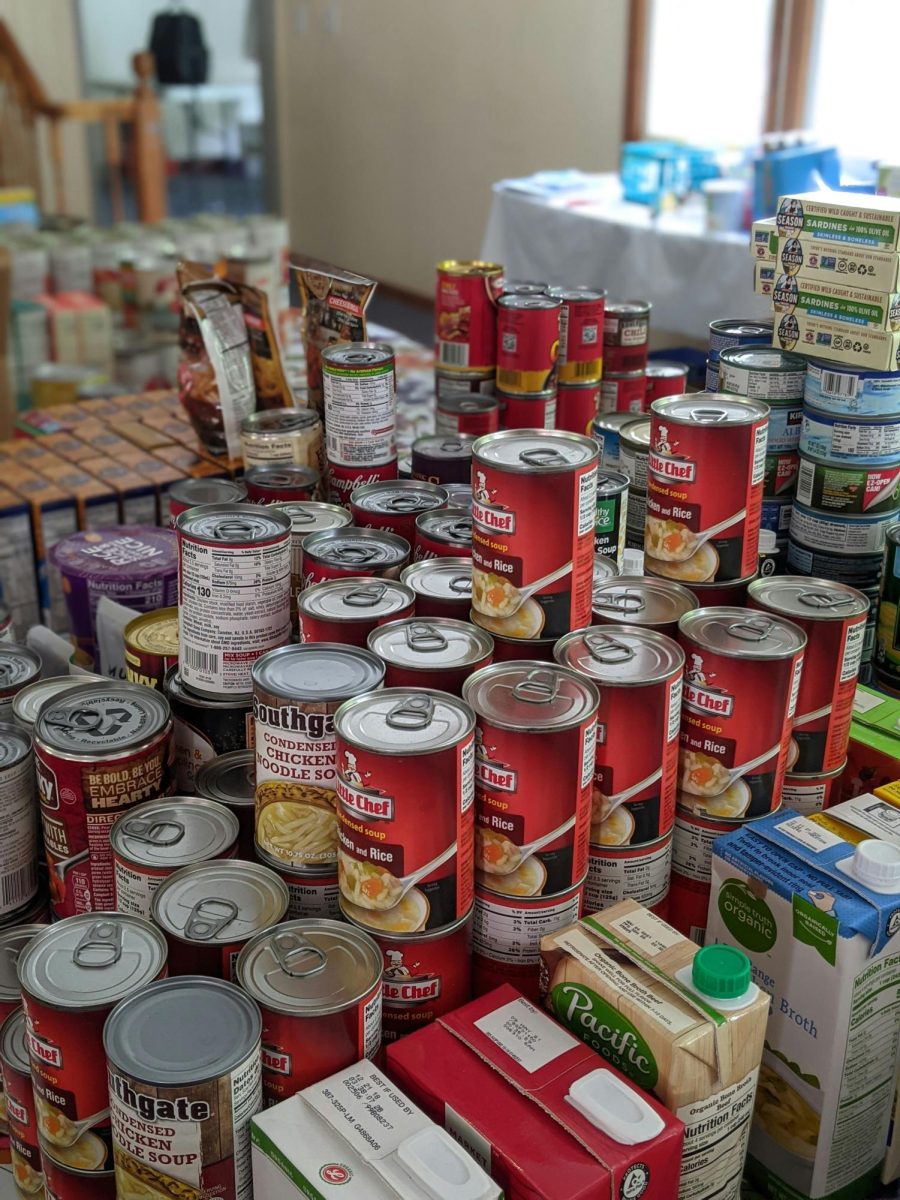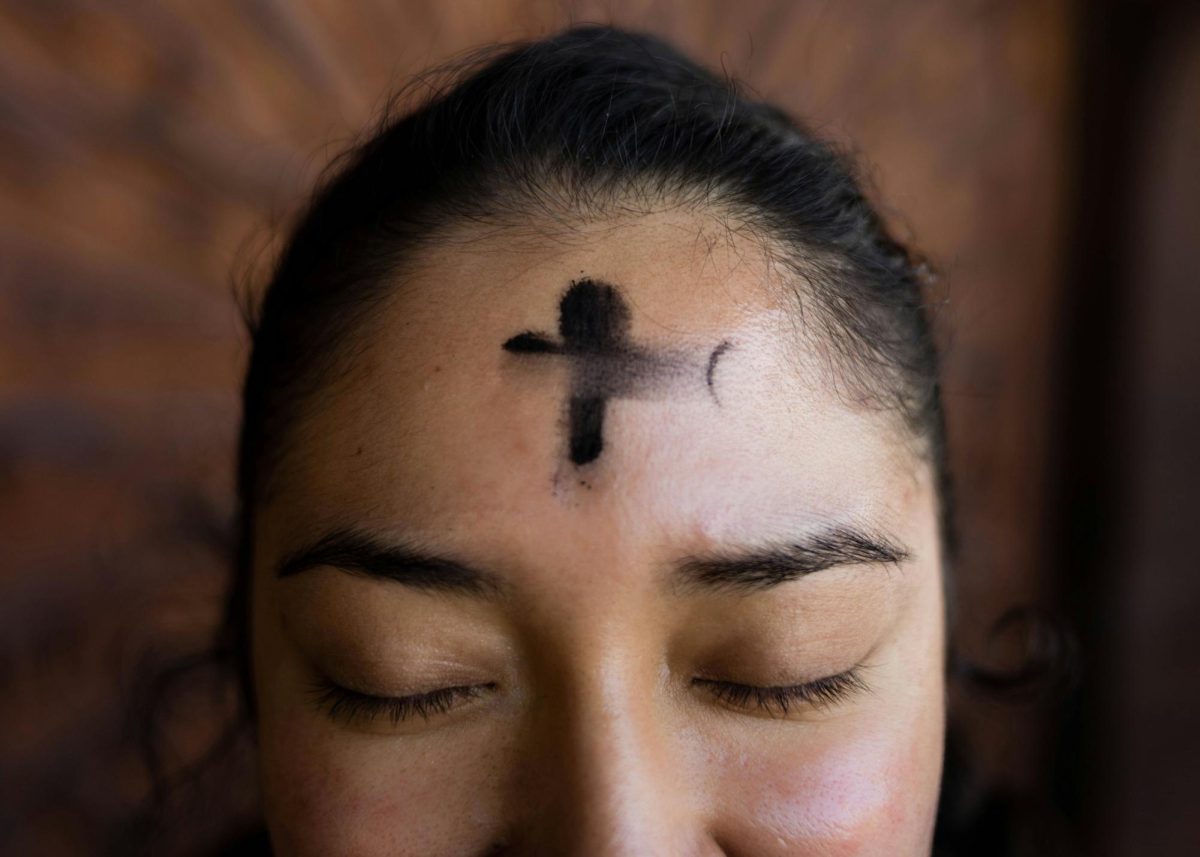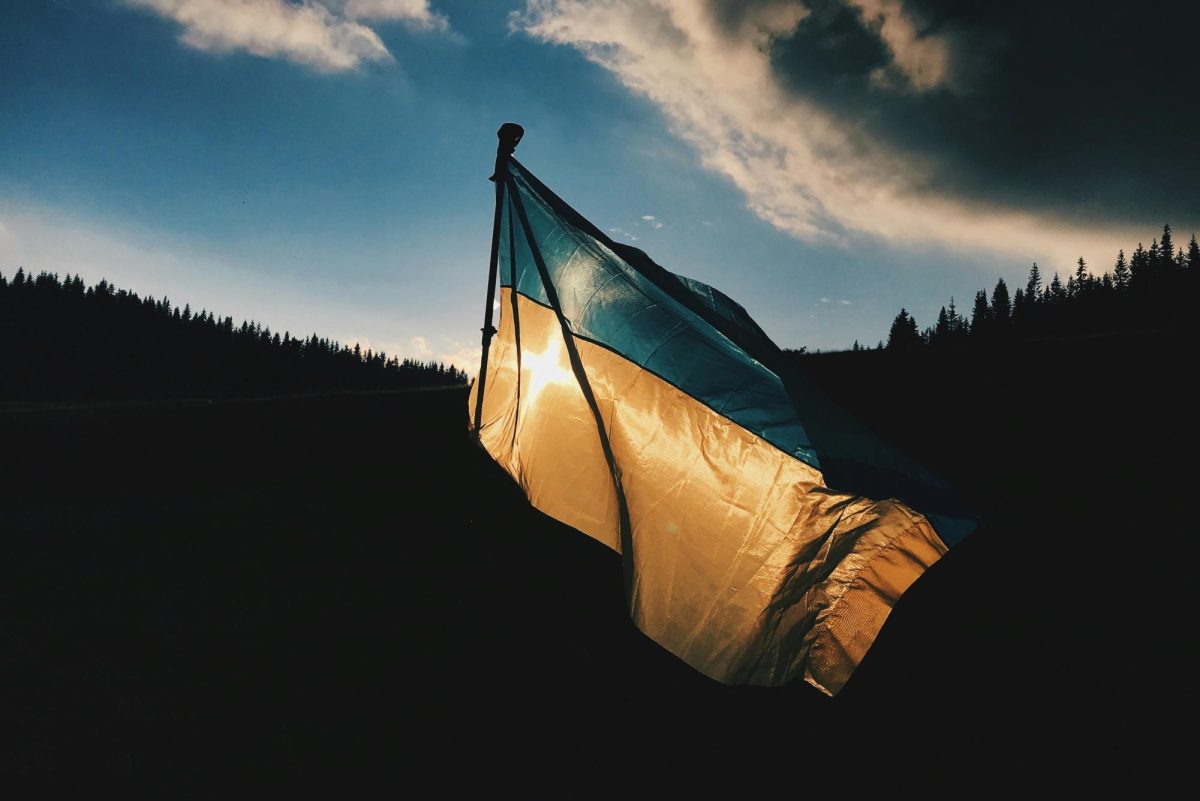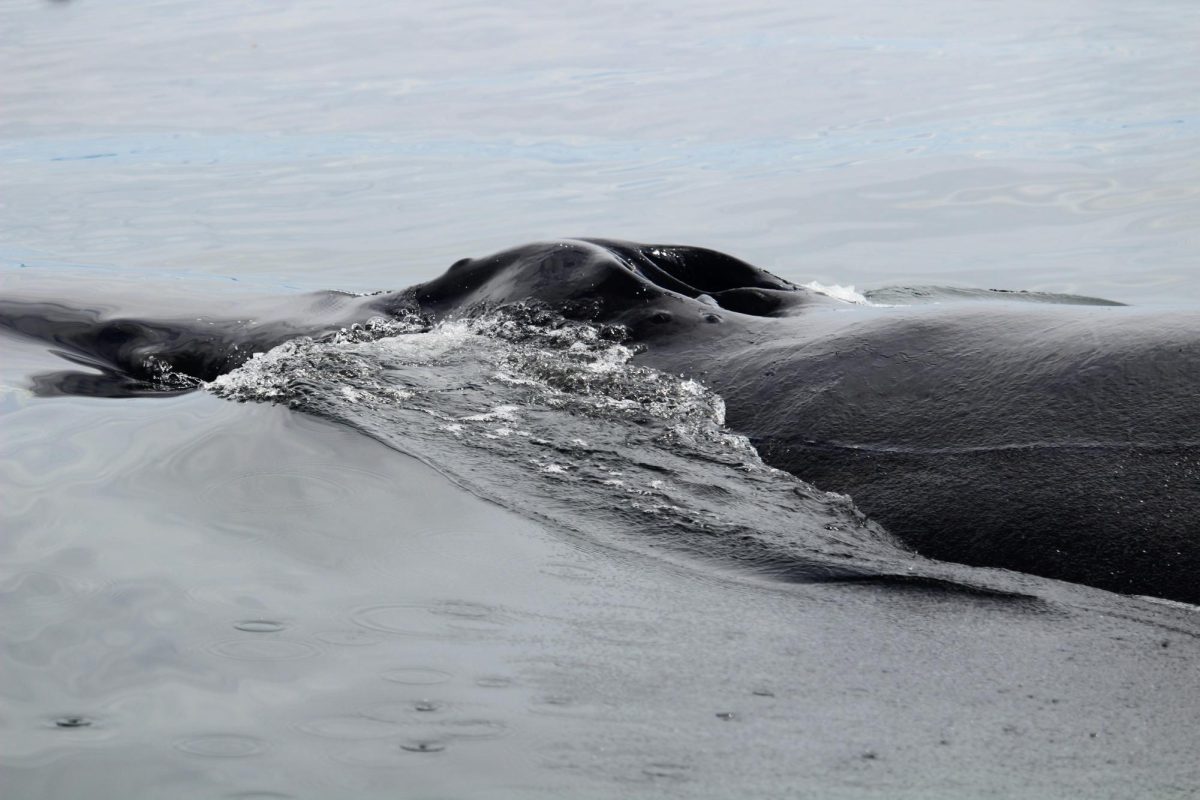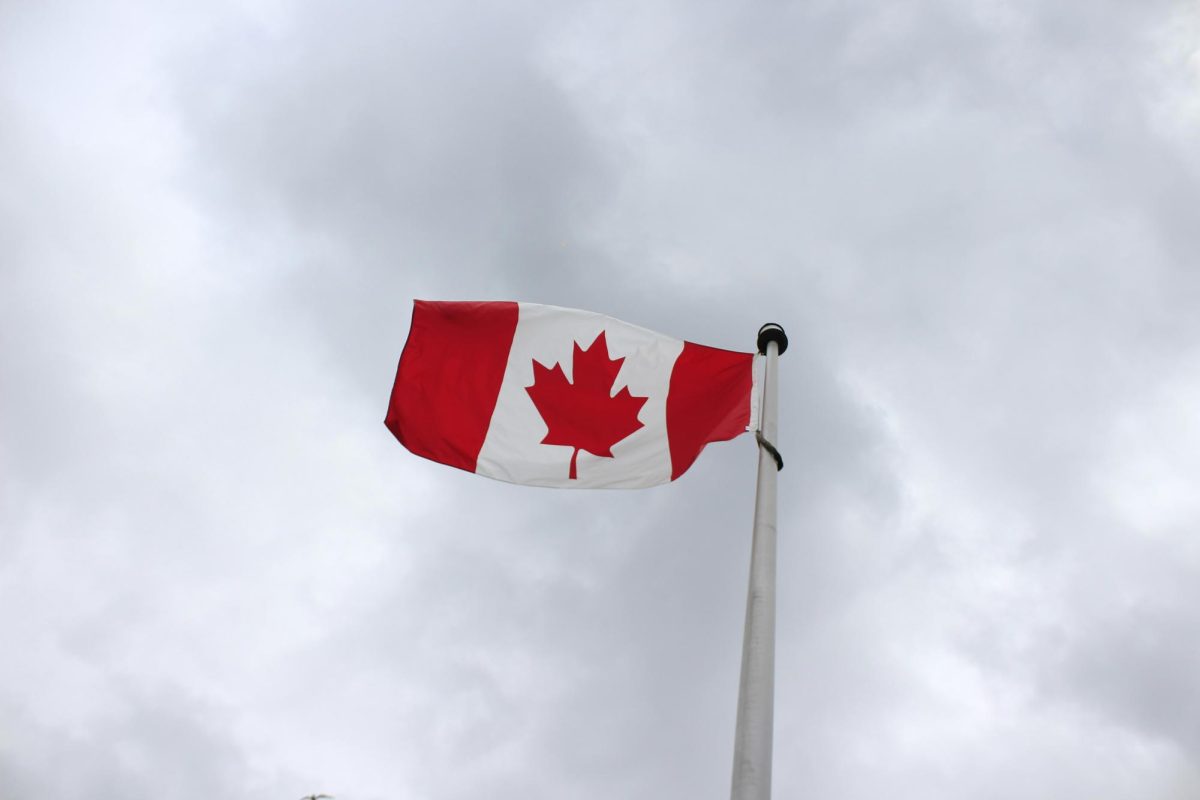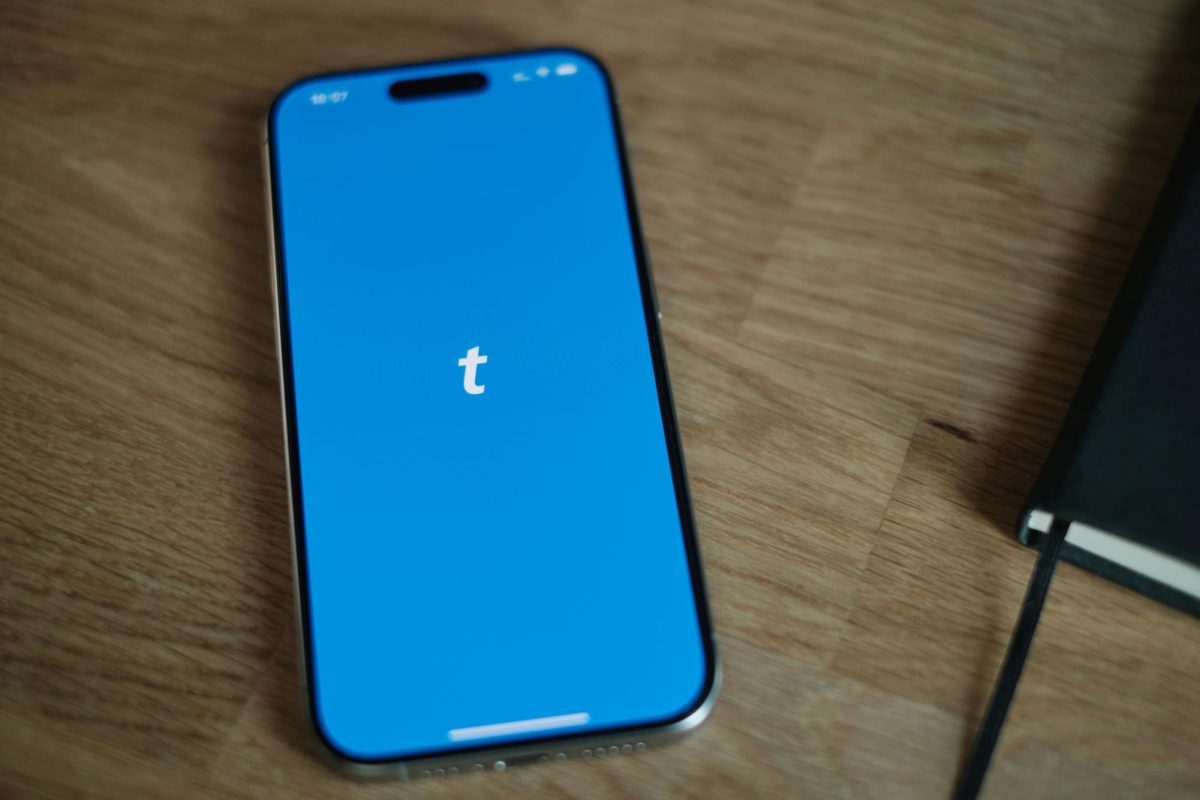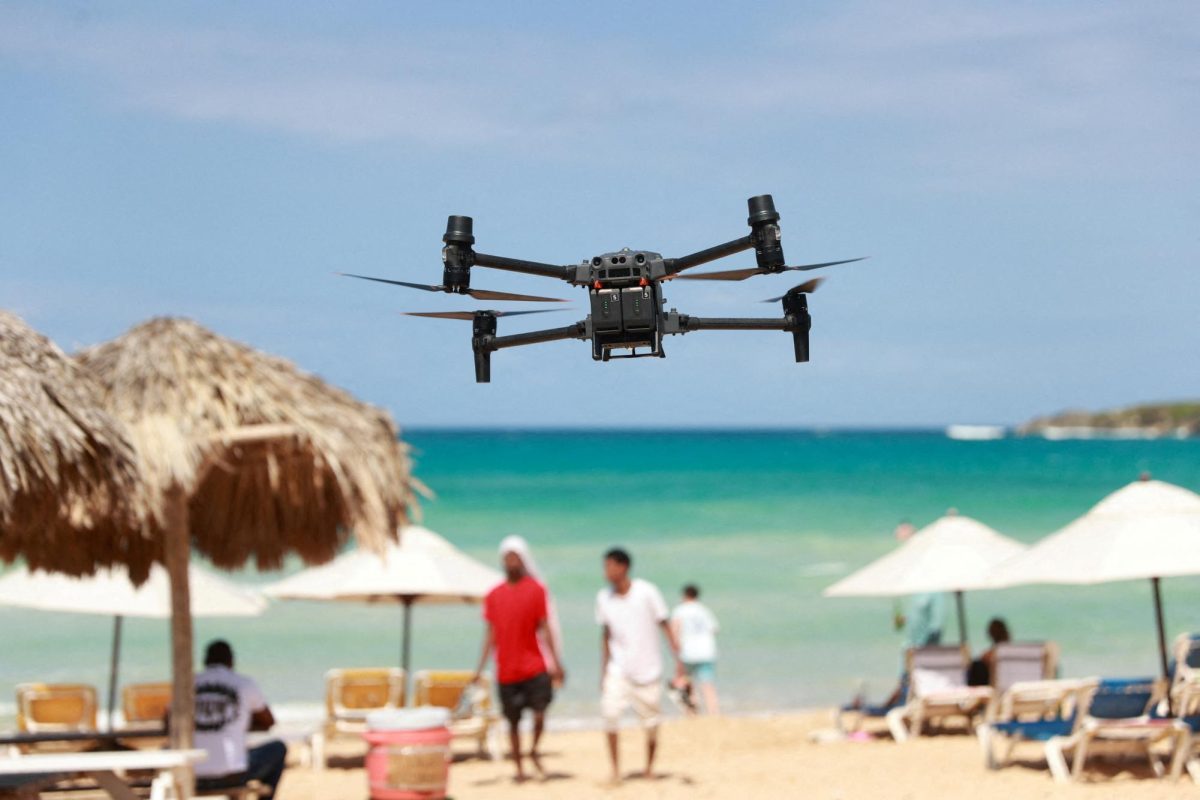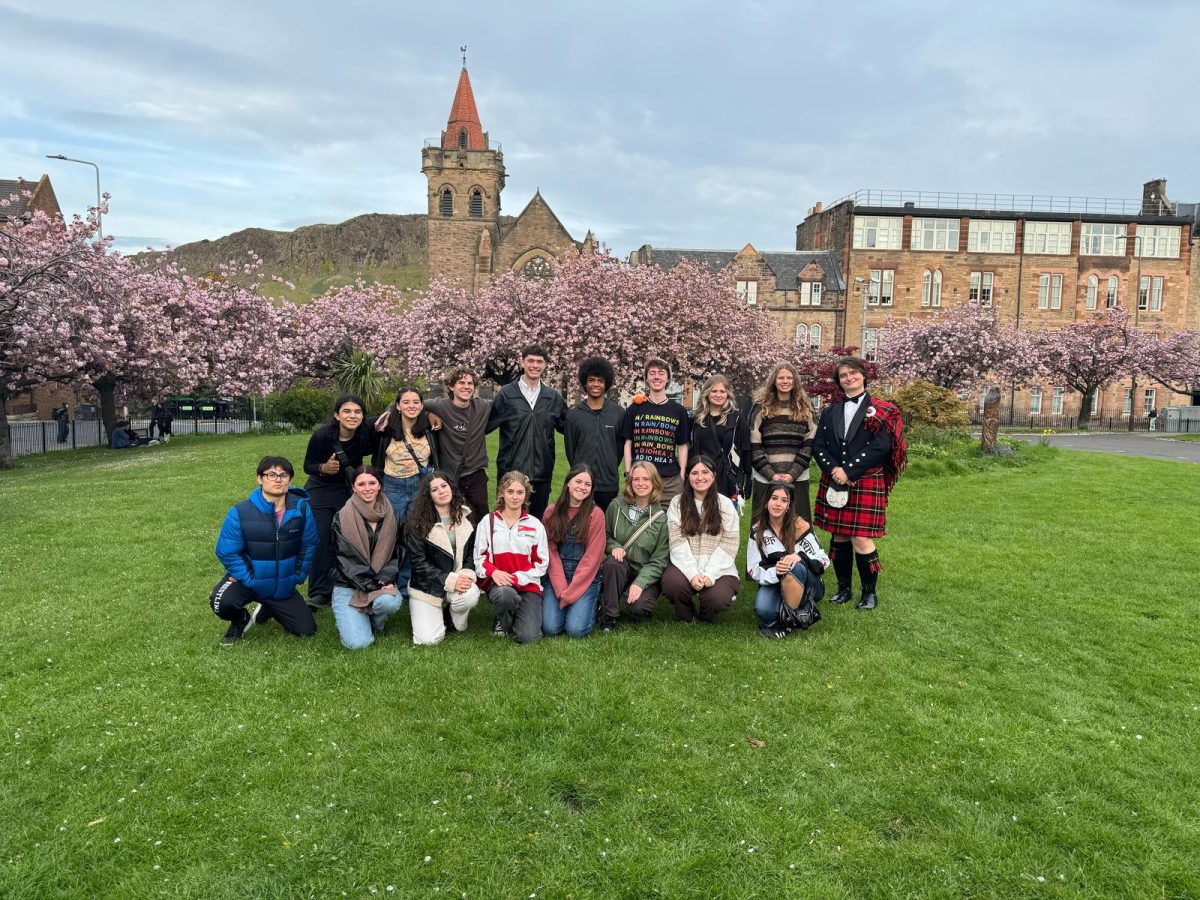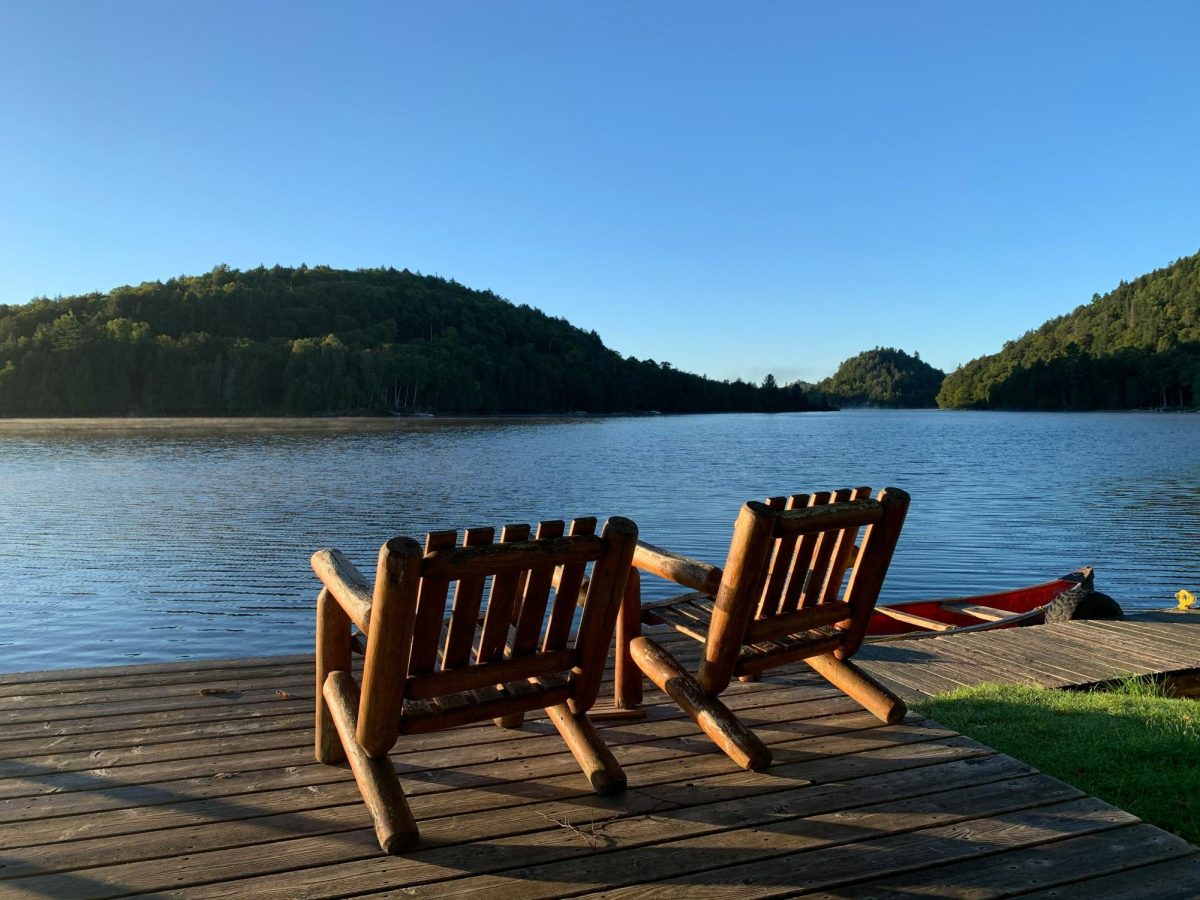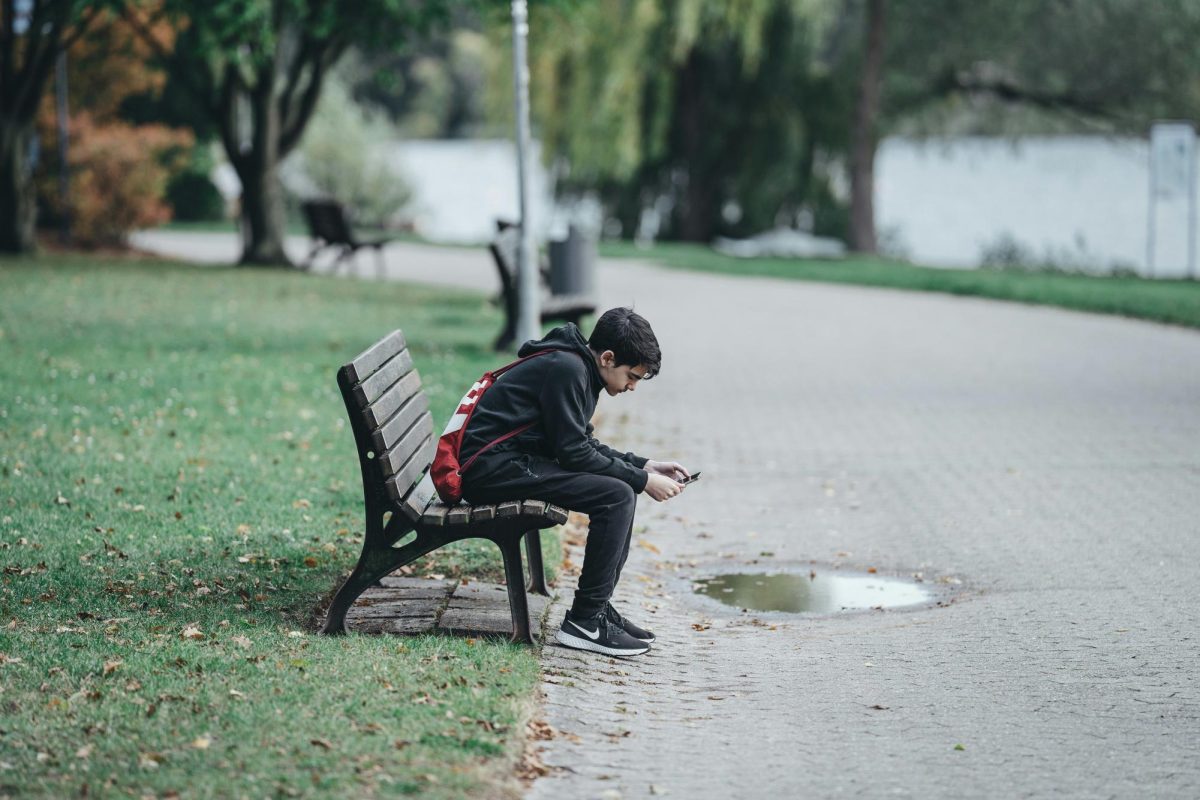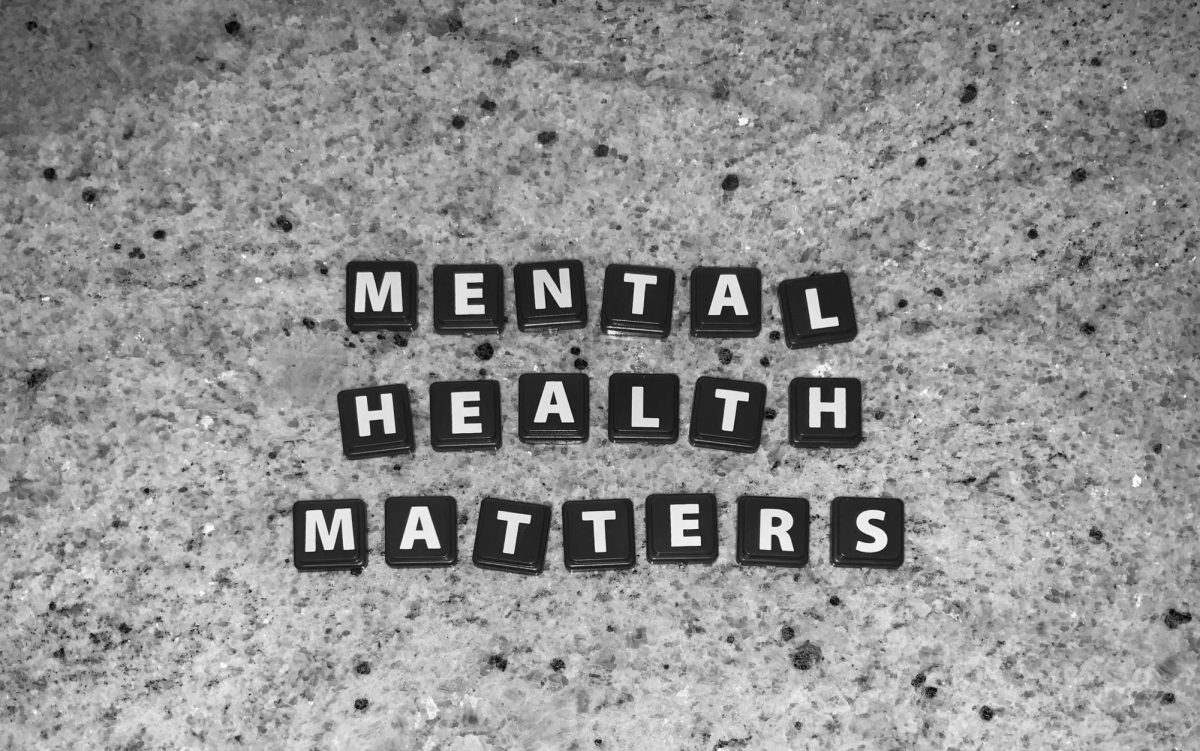The number one question during this time of year: Are you going anywhere for spring break? While picking a vacation spot for this break is normally random or out of convenience, it is typically a time to relax and forget about all of your worries at home or school. In the last few years, however, popular spring break cities have begun to enforce rules and regulations that limit spring breakers.
For years, Miami Beach has been a popular destination for those wanting a warm, tropical, and versatile vacation. You can relax and rest up, or experience the vibrant nightlife at one of the top five domestic spring break locations. However, after Covid everything changed, and that remains true for Miami.
Law enforcement became more overwhelmed and fed up with spring breakers as there had been over 1000 arrests as well as people injured from shootings. Tensions became even stronger between locals and tourists because of the commotion.
On March 1st, 2024 the city of Miami Beach released a video called “Miami Beach is Breaking Up With Spring Break.” The video has actors portraying locals saying how spring break the previous march had gotten out of hand, and that they were “at their breaking point.” Implications put into place as said by the video were curfews, bag checks, restricted beach access, DUI checkpoints, $100 parking, and strong police enforcement.
A spokesperson had told USA TODAY that “2024 was the most successful and smoothest spring break we’ve had here in a long time” There were much fewer felonies and misdemeanors than the previous year, and it seemed the restrictions from Miami created a safer environment.
In February of this year, Miami Beach put out another video titled “Miami Beach Reality Check PSA,” which shows a fake group of friends during spring break in Miami Beach. Their vacation is constantly ruined with the same new enforcement from last year, with the spring breakers saying, “The real villain is all the rules.” These precautions videos from Miami Beach have seemingly worked and completely toned down spring breakers.
Sophomore Nadia Beizaee said that the restrictions are “necessary to an extent” and that they help things “stay intact.” However, she mentions that spring break is a time when people want to have fun and the rules are a little dramatic.
One popular family spring break destination is Seaside, Florida. Typically, teens roam the town and beaches without adult supervision, sometimes creating an unsafe environment. The city of Seaside instilled basically a curfew for teens stating “Walton county beaches will be restricted starting at 7PM to those 18 years and younger not accompanied by an adult.”
People seeking a foreign spring break tend to head to Cabo, a very crowded and popular break destination. Lots of young tourists forget to remember that the safety measures taken in a foreign country are much different than here in the United States; people also must consider the fact that there are different laws in other countries.
The Dominican Republic is also a popular location for young adults wanting to get away during the break. Twenty-year-old UPitt college student Sudiksha Konanki went missing in the DR in early March, and international agencies have been searching for her since March 6th. She is still currently missing, and her family has requested that she be declared deceased.
This story is something common that happens within popular tourist destinations, along with human trafficking, and homicide. Konanki’s story has been highlighted not to scare those excited for spring break, but to warn and protect those looking to travel. With your awareness high, and making sure you stay with a group of trusted people, you are protecting yourself and nurturing a fun and safe spring break.



